Pure Ice is Light and Fun
Let´s go ice skating!
“There is clear ice on the sea in the front of Tornio” was a call we had been waiting for many
years. That’s when you must follow the number one rule of Nordic ice skating. The season is short, so must go when it is on. Since ice skating is at its´ best when there is no snow on the ice, the window of opportunity is usually very short before the next snowfall.
So next morning with my wife we woke up early, hopped in the car and drove to Tornio, which is about an hour and a half drive from our home in Rovaniemi. We had to have an early start because the Bay of Bothnia is located almost on the Polar Circle with only a few hours of daylight in January.
When we arrived in Tornio just before sunrise, we were absolutely mesmerized. The ice reflecting the first of rays of the rising sun was even better that we had anticipated. The scenery was stunningly beautiful.
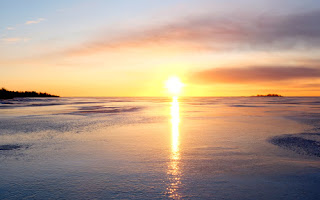
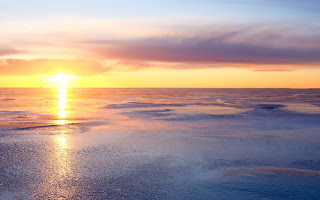
What is Nordic ice skating?
Nordic ice skating is a sport where you skate on the natural ice of a lake, sea or river. You need to know what to do when you go ice skating. Still, even the most experienced ice skater might fall into the water. That is why it is essential to have proper safety equipment. Ice probe pole, a stick with a sharp spike is used to gauge the thickness of the ice.
A throw rope and ice picks are needed to get you out of water. A full set of exchange clothes in a waterproof bag come in need in case you get wet. This bag inside a backpack also helps you to flotate if you sink into the ice. It is a good idea to bring matches and a phone in waterproof case.
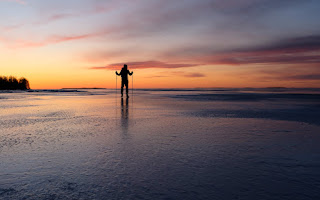
Some people also carry a helmet, knee and elbow pads and wear a dry suit. It is a great idea to bring some hot drink in your thermos bottle.
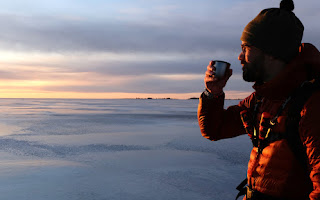
Lately the seasons and possibilities to ice skate in Finland have changed due to climate change. In some areas it has become lousier and in others it has gotten better. In the Netherlands, ice skating on the canals used to be also a popular activity but nowadays it´s possible only on very rare occacions.
The change has occurred within a very short period of time. For example, only twenty years ago it was almost unheard of that it could rain in the Gulf of Bothnia in January. When we were there a couple of years ago, the conditions were perfect because the January rain had melted all the snow from the ice.
Even though it was a lucky day for the ice skater it is a terrible situation for nature. And it is going to continue because the Arctic areas are warming three times faster than the global average. This is mainly because melting of snow and ice exposes a darker surface and increases the amount of solar energy absorbed in these areas. This is called the albedo effect.
It will also lead to the melting of glaciers near to the poles and of the Greenland ice cap which will lead, for example, to rising sea levels all over the world. This will cause terrible effects also to the biodiversity and people´s livelihood in the North, such as reindeer herding.
If the sea does not get ice cover annually, then mean precipitation is also increasing over the Northern part of the region. This will effect the nature of the sea and people living nearby, its ecosystems, the ecosystem services and the human activities depending on the nature.
Dark clouds on the shore
When we got on our ice skates and left the shore we tried not to watch behind us to avoid seeing a standing reminder of people´s ability to destroy nature Tornio Stainless Plant, which is notoriously famous for its high mercuria emissions. On our left side we could see Kemi bioproduct mill, which has nothing to do about bio – even though the name suggests otherwise. The Kemi bioproduct mill will produce some 1.5 million tons of softwood a year being most responsible of heavy deforestation of Northern Finland.
Bothnian Bay National Park
After we left factories behind there was more than ten kilometers of open sea, or should I say open ice, until the first big sea lane, which is kept open throughout year by big ice breakers.
Because of the open sea lane we could not skate until Bothnian Bay National Park, which is a safe haven for many birds and rare plants. The National Park is made up of around 30 moraine islands and reefs, which have all been moulded by waves, packed ice and land uplifts. Bothnian Bay National Park is situated on a land uplift coast.
During the last Ice Age continental glaciers pressed a depression into the Earth’s crust, which was hundreds of meters deep. To this day the bottom of this depression is slowly rising to reach its original level. For this reason, the Earth’s crust lifts an annual nine millimeters in the Bothnian Bay. You can see this clearly even on the islands we visited outside of the national park.
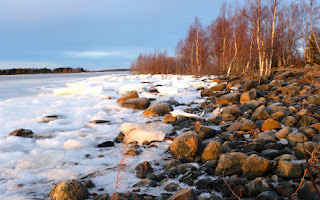
Let´s go Kicksparking
After a day skating, marvelling the amazing formations of the ice and exploring the islands it was time to go ashore before the dark at two in the afternoon. Since we wanted to return to the ice the next day, we decided to spend in Motel Käpylä in Keminmaa, a very unique accommodation which takes you back to the 1970s´ it is a themed motel as a nostalgic trip back to the 70s.
The following day we decided to start from the Swedish side. Thanks to the Schengen treaty and the Nordic Passport Union, the border can be crossed mostly freely. After we had driven to Sweden we my wife assembled her Kickspark, which a modern version of a kicksled. During the night it had snowed a bit, which made ice skating a bit harder but for Kickpark these were perfect conditions.
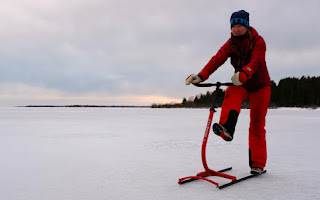
Other things to see and experience in the area
For a tourist experiencing Nordic ice skating is a hard task. Since the season is usually short and unpredictable there are no tourism companies offering this activity. You should never ice skate or even walk on the ice of the sea, a lake or a river if you do not know what you are doing. Every year about 17 persons drown falling through ice in Finland.
For a tourist probably the easiest and safest way of ice skating is to use one of the outdoor ice rinks found in every city and town. Other things to do on the area are world famous Snow Castle of Levi and Icebreaker Polar.
Photos: Ilkka Kauppinen and Tuija Kauppinen
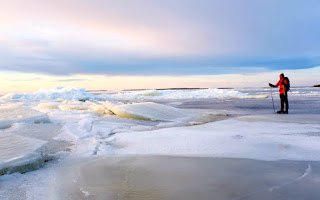
About the author:
Mr. and Mrs. Kauppinen are invited guest bloggers for totheoceans.com as unique nature lovers and conservationasists from Finnish Lapland.
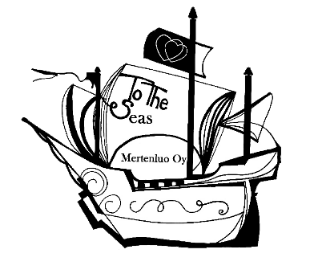
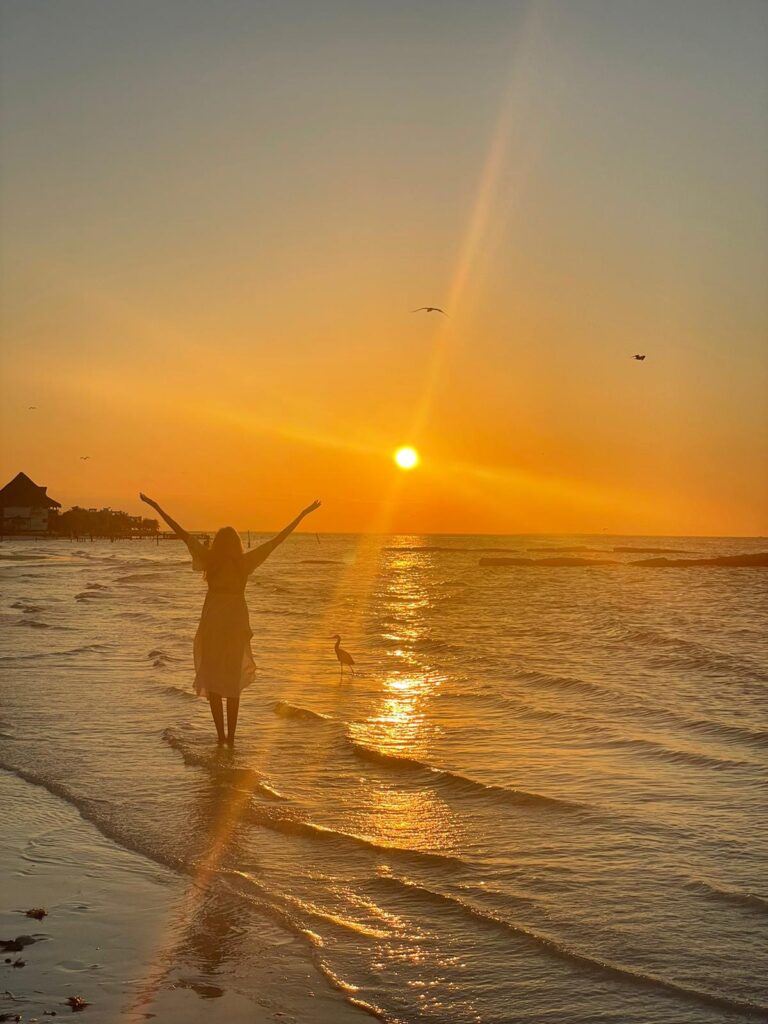

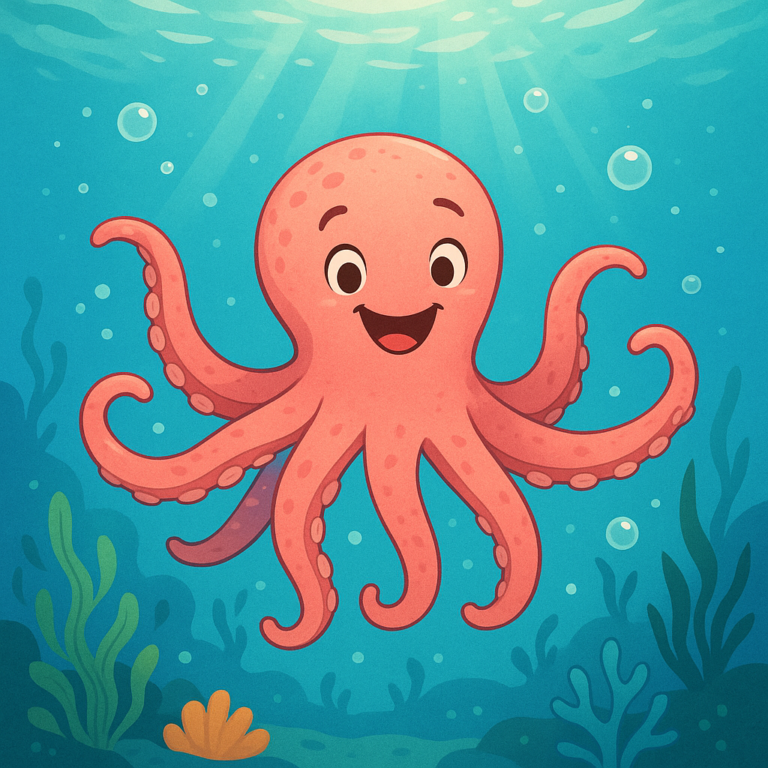
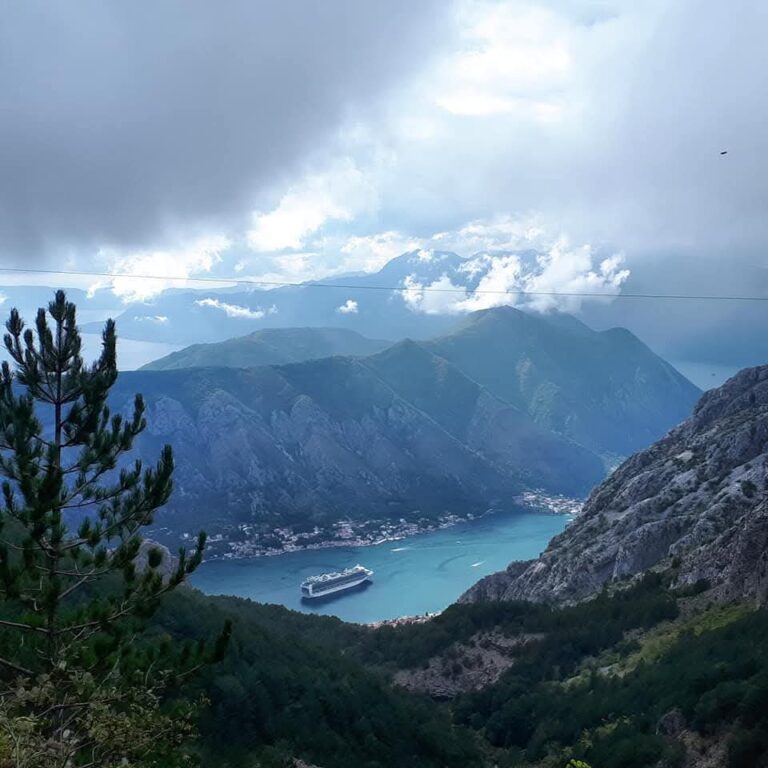
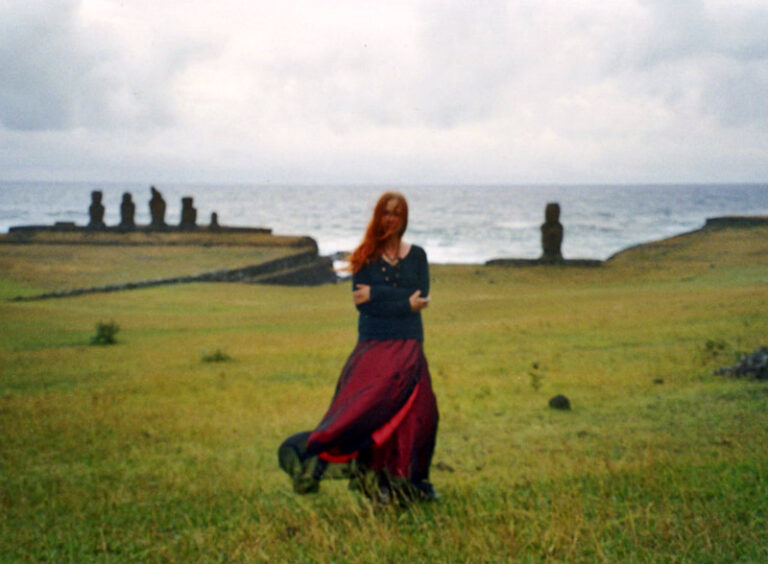
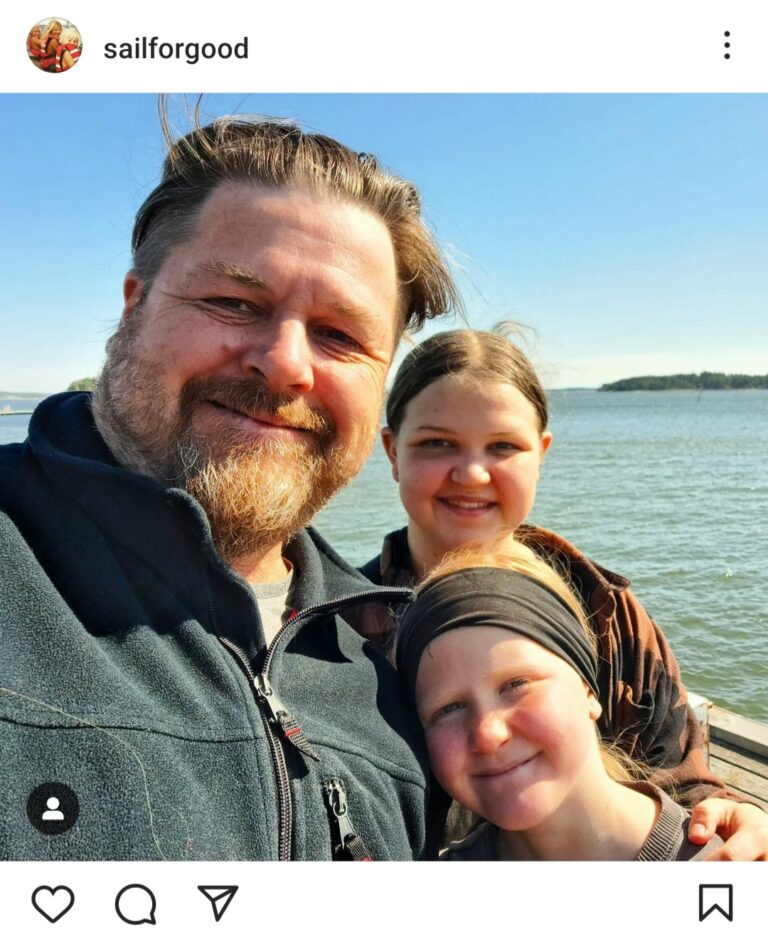
Hello and thank you kindly for your message. The writer is a Finnish national and translates into English the text.
Please send feedback which parts you think should be changed and comments always welcome.
I wish you a lovely Spring,
Kindly,
Sini Kunnas
totheoceans.com